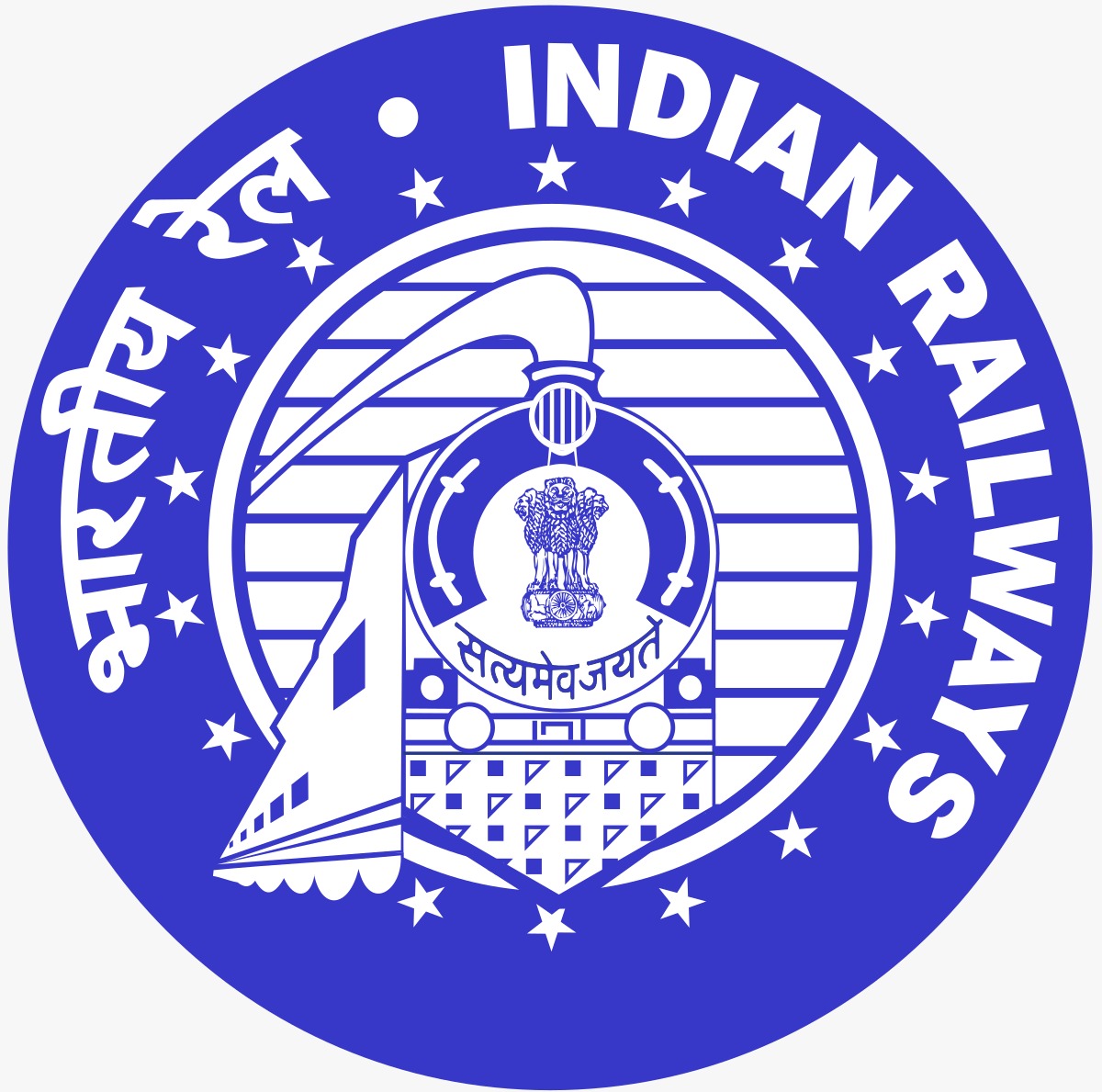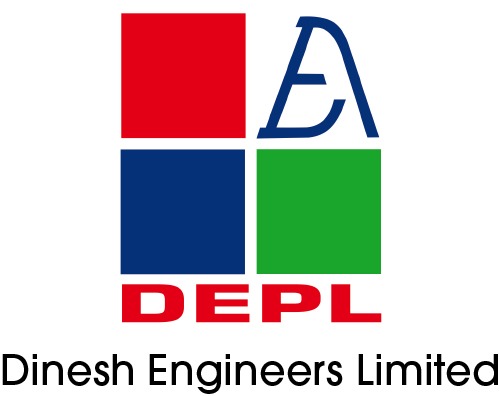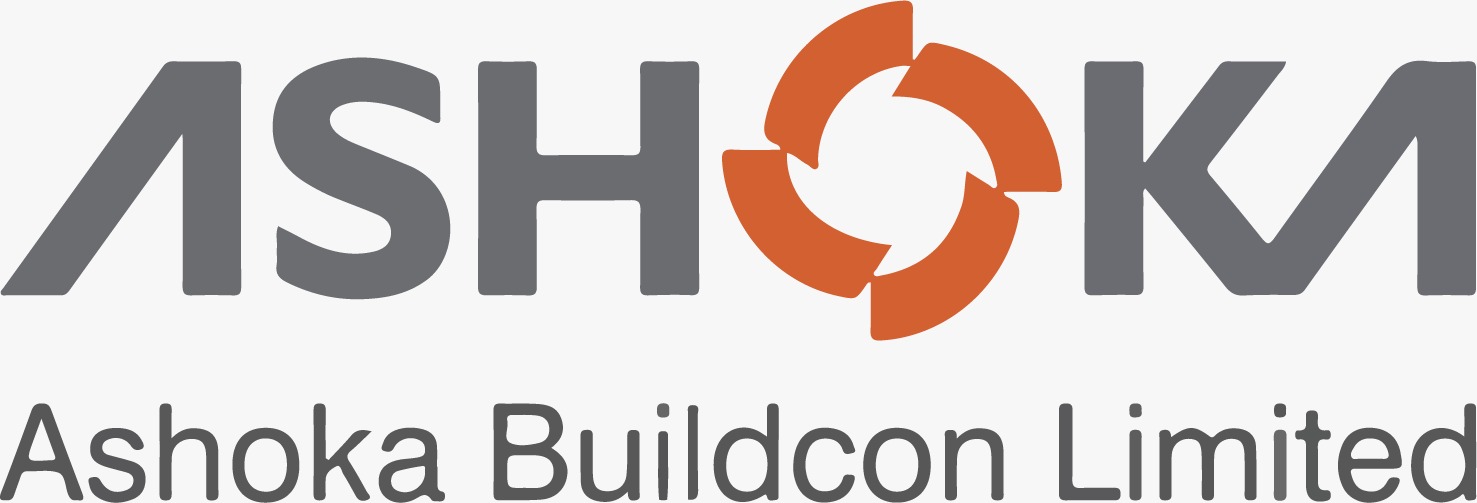- 02269710803 call us
- info@tejasgroup.co.in Mail us
Construction Solutions
what we do ?
Constructing Substantial Buildings
"Undertaking the construction of extensive edifices involves meticulous planning, architectural design, and the execution of complex building tasks. These substantial structures, whether they are towering skyscrapers, expansive commercial complexes, or significant residential developments, require a skilled workforce, state-of-the-art equipment, and adherence to strict safety and environmental standards. Successful large-scale building projects not only contribute to urban development and modernization but also stimulate economic growth. The creation of such monumental structures demands a combination of engineering expertise, project management proficiency, and a commitment to quality, ultimately shaping the landscape of cities and regions while serving as enduring symbols of progress and achievement."
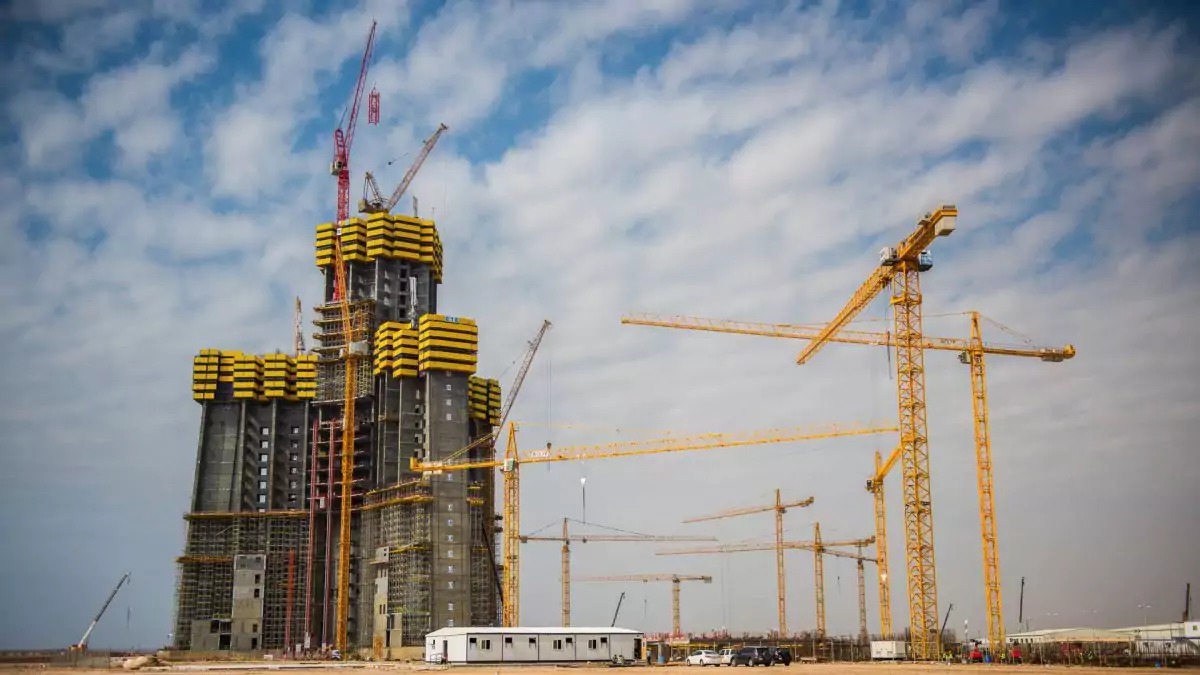

Bridges or Flyover
Bridge construction services encompass a range of activities related to the planning, design, and execution of bridge infrastructure projects. These services are essential for creating safe and efficient transportation networks, facilitating the movement of people and goods. Bridge construction services typically include:
Design and Engineering: Developing detailed bridge design plans that consider structural integrity, load-bearing capacity, environmental impact, and safety regulations.
Permitting and Regulatory Compliance: Ensuring that all necessary permits and approvals are obtained, and that construction adheres to local, state, and federal regulations.
Site Preparation: Clearing and grading the construction site, including earthwork and foundation preparation.
Foundation Construction: Building the bridge's support structures, such as piers, abutments, and footings.
Superstructure Construction: Erecting the bridge deck, girders, beams, and other load-bearing elements.
Materials Procurement: Sourcing and quality control of materials such as steel, concrete, and asphalt.
Construction Management: Overseeing the project, including scheduling, budgeting, and quality assurance.
Safety and Quality Assurance: Implementing safety measures to protect workers and ensure construction meets quality standards.
Environmental Considerations: Minimizing environmental impact through erosion control, wildlife protection, and restoration efforts.
Traffic Management: Managing traffic flow during construction, including detours and road closures.
Bridge construction services are critical for infrastructure development, enhancing connectivity, and fostering economic growth in regions. These projects vary in complexity, from small pedestrian bridges to large-scale highway and railway bridge construction, and require a coordinated effort involving skilled engineers, laborers, and project managers.
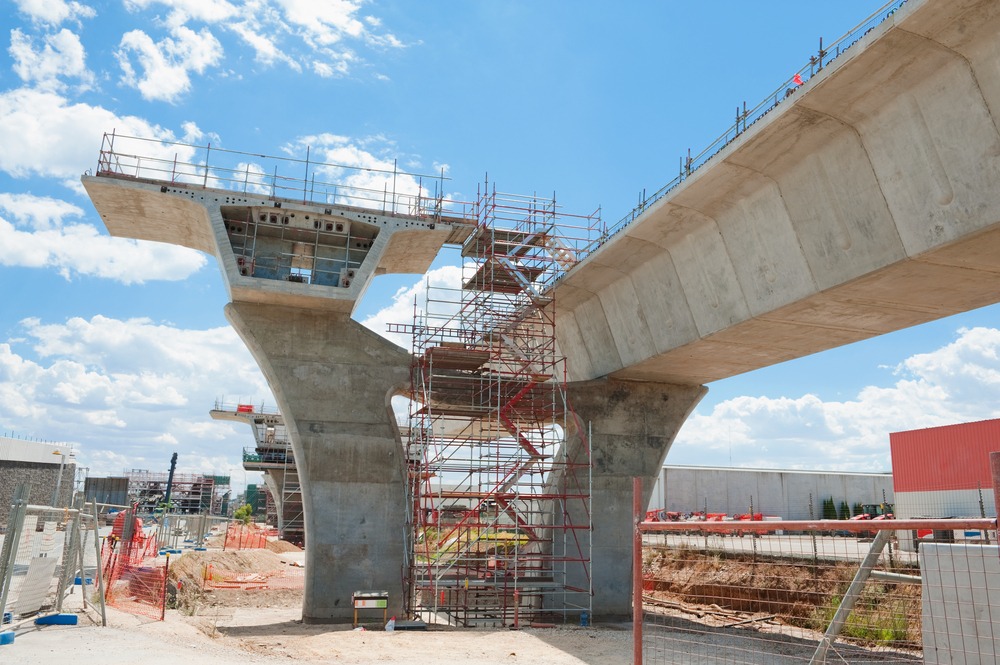
Pipelines
Pipeline solutions typically refer to a range of technologies, practices, and services designed to manage and optimize pipelines. Pipelines are used in various industries, including oil and gas, water supply, and transportation, to transport liquids and gases over long distances efficiently and safely. Here are some aspects of pipeline solutions:
Pipeline Monitoring and Control:
Implement systems for real-time monitoring of pipeline conditions, such as pressure, temperature, flow rates, and leak detection.
Use control systems to regulate the flow and pressure within the pipeline network.
Pipeline Integrity Management:
Regularly inspect and assess the structural integrity of pipelines to ensure they are safe and free from defects.
Employ technologies like smart pigs (pipeline inspection gauges) and remote sensors to identify and address potential issues.
Security and Safety Measures:
Implement security protocols and physical barriers to prevent unauthorized access and potential threats to pipelines.
Develop emergency response plans and procedures for addressing accidents, spills, or leaks.
Pipeline Design and Construction:
Plan, design, and construct pipelines that meet industry standards and regulatory requirements.
Consider environmental impact assessments and route selection to minimize disruption and environmental damage.
Pipeline Maintenance and Rehabilitation:
Schedule routine maintenance activities, including cleaning, corrosion prevention, and repairs.
Use techniques like pigging (cleaning and inspection) and trenchless technology for rehabilitation without extensive excavation.
Pipeline Automation and Optimization:
Implement automation and control systems to optimize the operation of pipelines, reduce energy consumption, and enhance efficiency.
Use predictive maintenance and data analytics to improve asset management.
Pipeline Software and GIS (Geographic Information Systems):
Utilize software solutions and GIS technology to manage pipeline data, including asset information, geographic locations, and maintenance records.
Compliance and Regulatory Support:
Ensure that pipelines comply with industry-specific regulations and standards, including safety codes and environmental regulations.
Provide support for regulatory reporting and compliance documentation.
Environmental Impact Mitigation:
Implement measures to minimize the environmental impact of pipeline construction and operation, including erosion control and habitat preservation.
Emergency Response and Contingency Planning:
Develop comprehensive plans for responding to emergencies, such as spills, leaks, or natural disasters.
Train personnel and conduct drills to ensure a rapid and effective response.
Sustainability and Renewable Energy Integration:
Explore opportunities to transition from fossil fuel pipelines to renewable energy infrastructure, such as hydrogen or carbon capture and storage (CCS) pipelines.
Pipeline Rehabilitation and Replacement:
Assess the condition of aging pipelines and develop strategies for rehabilitation or replacement to ensure long-term reliability and safety.
Pipeline solutions play a crucial role in ensuring the efficient and safe transport of resources and materials in various industries. They help address challenges related to infrastructure maintenance, environmental protection, and regulatory compliance while optimizing operations and reducing risks.
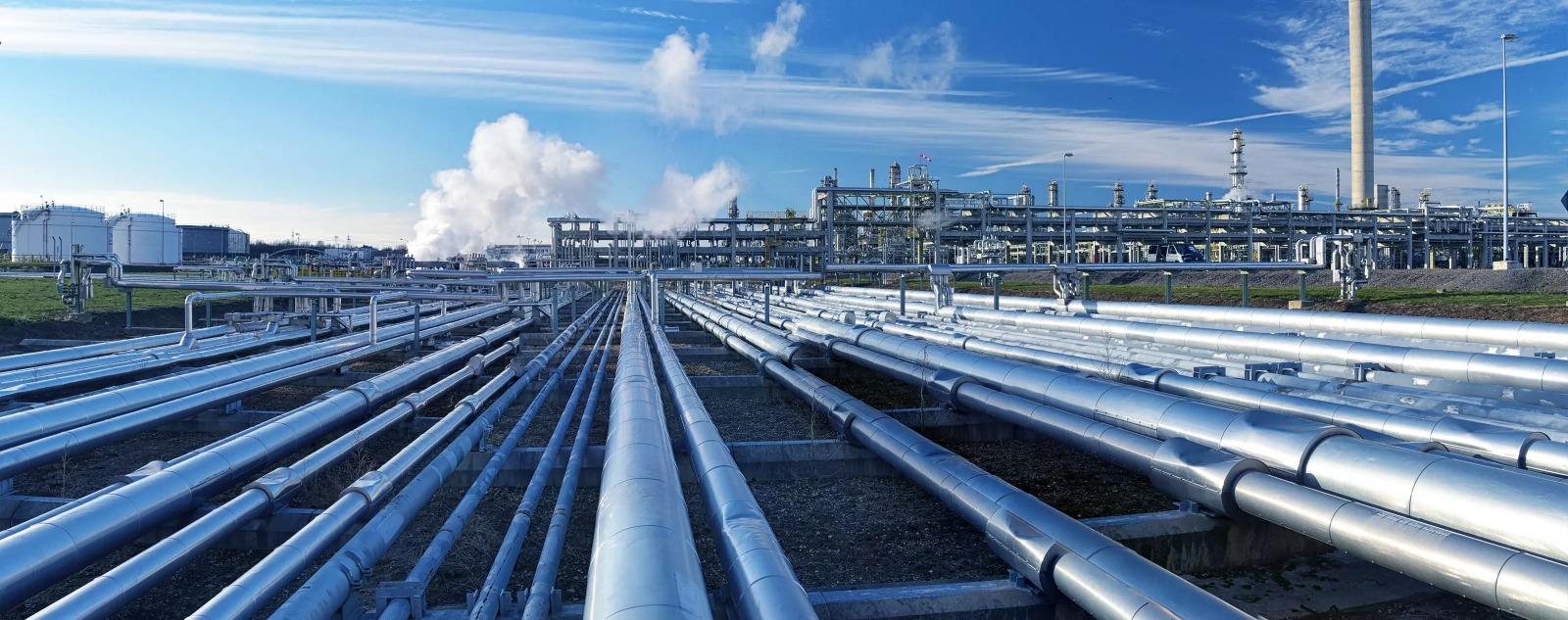
Road Network
Road network solutions refer to strategies, technologies, and practices aimed at improving the planning, construction, maintenance, and management of road infrastructure. A well-developed road network is essential for transportation, connectivity, and economic development. Here are some key aspects of road network solutions:
Road Planning and Design
Conduct traffic studies and demand assessments to plan road networks efficiently.
Design roads with appropriate capacities, considering factors like traffic volume, vehicle types, and future growth.
Traffic Management and Control:
Implement intelligent transportation systems (ITS) to monitor traffic conditions and optimize traffic flow.
Use traffic signals, signage, and variable message signs for real-time information dissemination.
Road Construction and Rehabilitation:
Employ modern construction techniques and materials to build durable and sustainable roads.
Prioritize road maintenance and rehabilitation to extend the lifespan of existing infrastructure.
Safety Measures:
Enhance road safety through measures such as speed limits, pedestrian crosswalks, and safety barriers.
Implement traffic calming solutions to reduce accident risks in urban areas.
Environmental Considerations:
Minimize the environmental impact of road construction through practices like erosion control and wetland protection.
Explore sustainable construction materials and techniques.
Public Transportation Integration:
Develop road networks that seamlessly integrate with public transportation systems like buses, trams, and subways.
Promote multi-modal transportation options to reduce congestion and emissions.
Road Maintenance and Asset Management:
Implement regular road maintenance schedules to address issues like potholes, cracks, and signs of wear and tear.
Use asset management systems to track the condition of road assets and plan for their maintenance or replacement.
Smart Road Infrastructure:
Deploy technologies like sensors and cameras for real-time data collection on road conditions and traffic patterns.
Enable vehicle-to-infrastructure (V2I) communication for improved traffic management.
Traffic Data Analysis:
Analyze traffic data to identify congestion hotspots and optimize road networks.
Use predictive analytics to forecast traffic trends and plan for future infrastructure needs.
Community Engagement:
Involve local communities in the planning and decision-making processes to address their concerns and needs.
Seek public input on road projects to enhance transparency.
Emergency Response and Disaster Management:
Develop contingency plans for handling emergencies, such as natural disasters or accidents, that may affect road networks.
Coordinate with emergency services for efficient response and recovery.
Financing and Funding Solutions:
Explore various funding mechanisms, such as public-private partnerships (PPPs) and toll roads, to finance road construction and maintenance.
Prioritize projects based on economic benefits and return on investment.
Accessibility and Inclusivity:
Ensure that roads are designed to be accessible to all, including individuals with disabilities.
Incorporate features like sidewalks, ramps, and crosswalks to improve pedestrian mobility.
Effective road network solutions contribute to economic growth, reduce traffic congestion, improve safety, and enhance the overall quality of life for communities. These solutions often require collaboration among government agencies, engineers, urban planners, and transportation experts to create a comprehensive and sustainable road network.
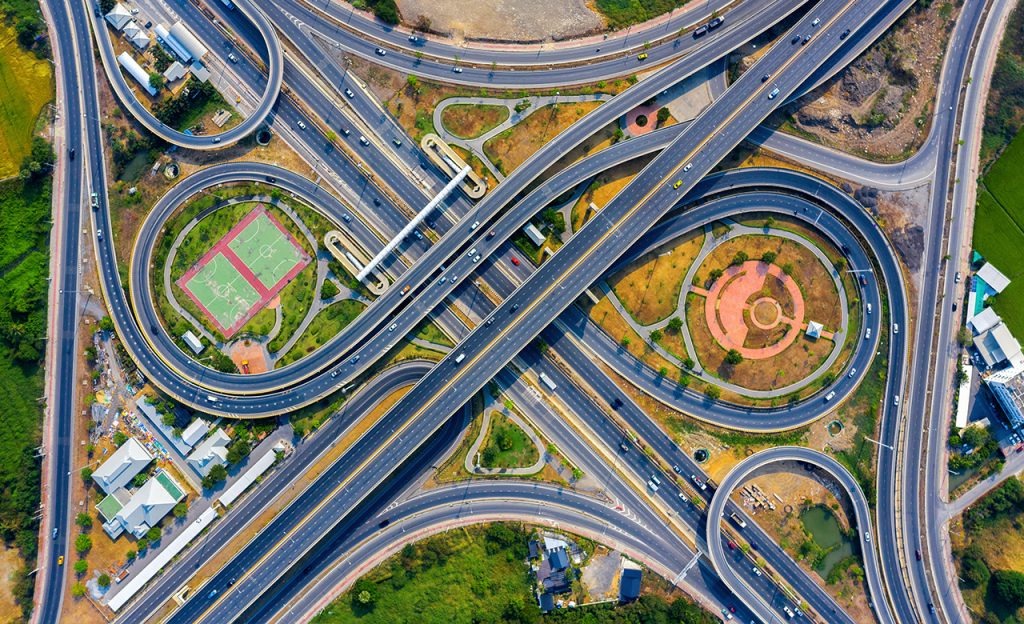
Railways Solutions
Railway solutions encompass a wide range of strategies, technologies, and practices aimed at improving the planning, construction, operation, and maintenance of railway transportation systems. Railways play a vital role in moving people and goods efficiently and sustainably. Here are some key aspects of railway solutions:
Railway Planning and Design
Conduct feasibility studies and route planning to optimize railway networks for efficiency and cost-effectiveness.
Design railway tracks, stations, and associated infrastructure to meet safety and capacity requirements.
Infrastructure Construction and Upkeep
Utilize modern construction methods and materials to build and maintain railway tracks, bridges, tunnels, and stations.
Implement regular maintenance schedules to ensure the safety and reliability of railway infrastructure.
Rolling Stock and Technology
Invest in modern and energy-efficient locomotives, passenger trains, and freight wagons.
Integrate technology solutions for predictive maintenance, remote monitoring, and control systems.
Safety Measures
Implement strict safety protocols, including signaling systems, automatic train control, and level crossing protection.
Train railway staff in safety procedures and emergency response.
Environmental Sustainability
Reduce the carbon footprint by exploring electrification and alternative fuels for locomotives.
Implement noise and vibration mitigation measures in urban areas.
Passenger Experience
Enhance passenger comfort with amenities like Wi-Fi, air conditioning, and accessible facilities.
Offer digital ticketing and real-time information services for passengers.
Freight Logistics and Intermodal Integration:
Develop integrated freight logistics solutions that link railways with other modes of transportation, such as trucks and ships.
Enable efficient intermodal transportation for goods through seamless connections.
High-Speed Rail and Innovation
Invest in high-speed rail networks to reduce travel times and increase passenger capacity.
Embrace innovation, such as maglev (magnetic levitation) technology and hyperloop, for the next generation of railways.
Railway Electrification and Energy Efficiency
Electrify railway networks where feasible to reduce greenhouse gas emissions.
Implement energy-efficient technologies, such as regenerative braking and LED lighting.
Digitalization and Data Analytics
Use data analytics and sensor technology for predictive maintenance, route optimization, and demand forecasting.
Embrace the Internet of Things (IoT) for smart rail operations.
Cross-Border and International Railways
Collaborate with neighboring countries to establish international rail connections.
Streamline customs and regulatory procedures for cross-border freight.
Accessibility and Inclusivity
Ensure that railway stations and trains are accessible to passengers with disabilities.
Provide proper signage and assistance for passengers with special needs.
Safety and Security
Implement security measures to protect passengers and cargo from potential threats.
Conduct regular safety drills and emergency response training for railway staff.
Financing and Funding Models
Explore various funding mechanisms, including public-private partnerships (PPPs), to finance railway infrastructure projects.
Consider revenue generation through ticket sales, freight transport, and real estate development near railway stations.
Efficient and well-maintained railway systems contribute to reduced road congestion, lower carbon emissions, and improved transportation connectivity. Railway solutions often require collaboration among government agencies, private sector partners, and transportation experts to create comprehensive and sustainable railway networks.
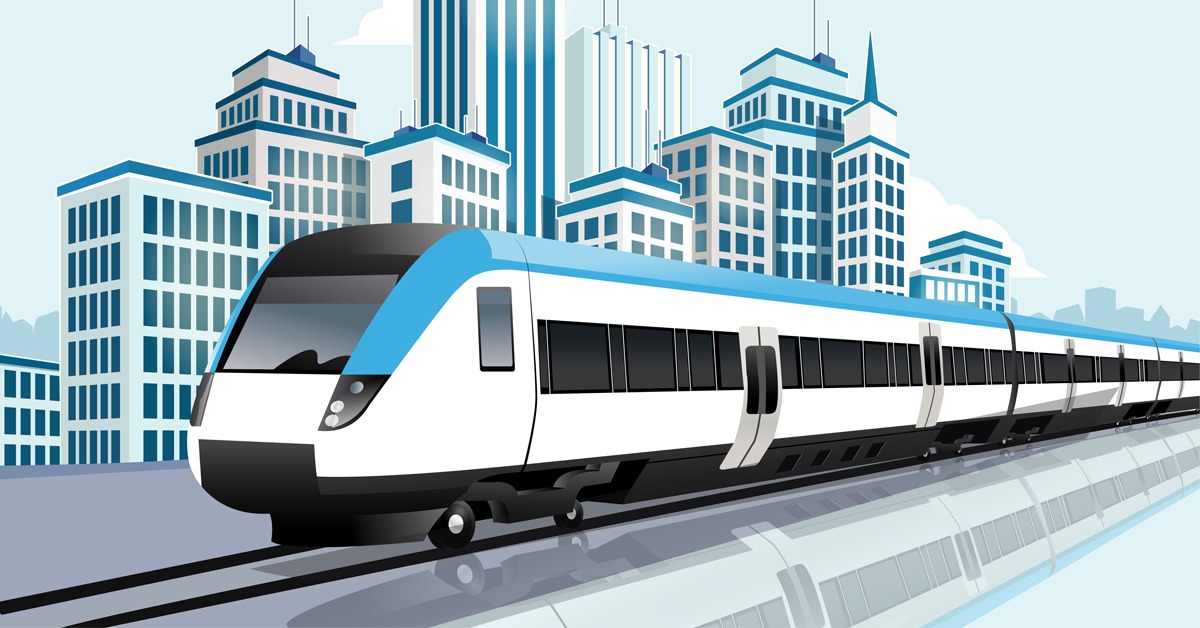
Our Customers


